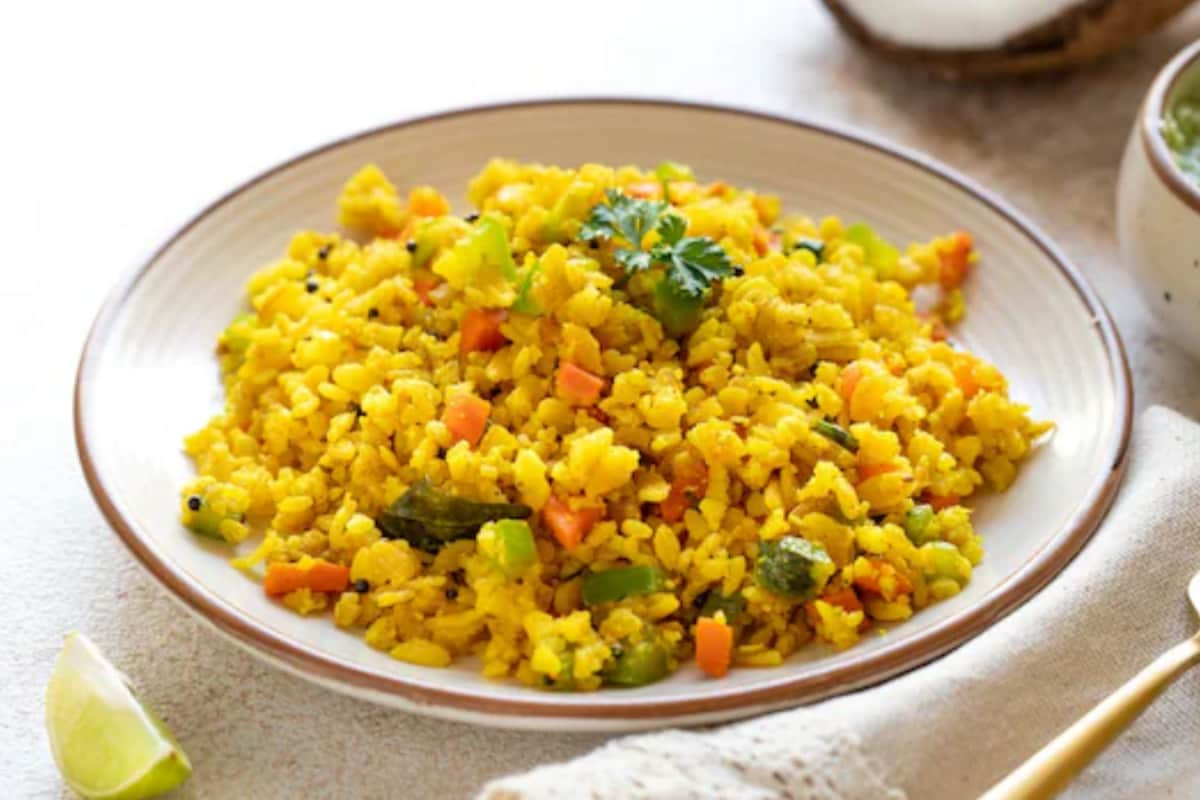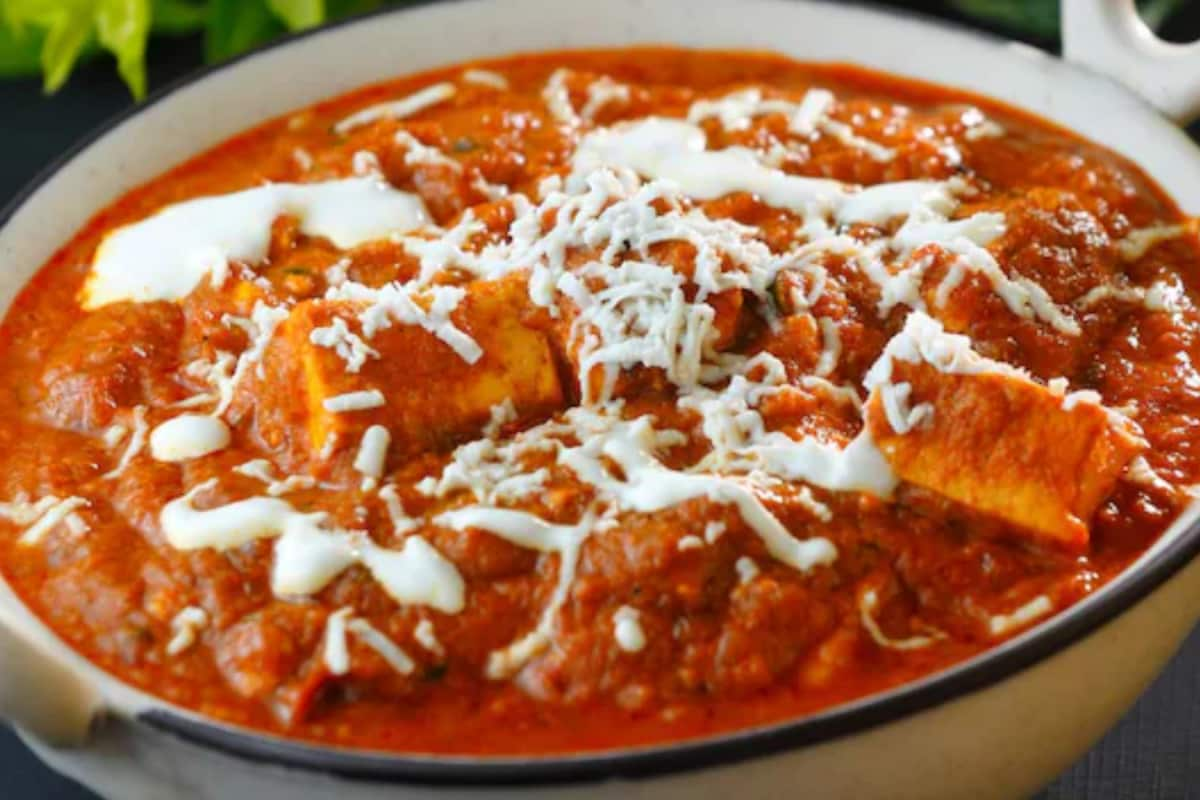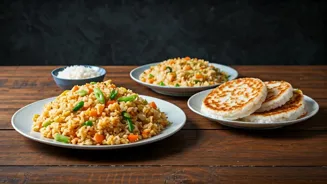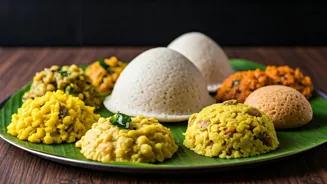The Poha Problem
Many people face the same issue: dry, crumbly poha that lacks the desired texture. The cause isn't necessarily the spices or the cooking method itself.
Instead, the secret lies in how the poha is prepared, particularly during the washing and resting stages. The goal is to achieve a balance, ensuring the poha absorbs enough moisture to become soft and fluffy without turning into a soggy mess. This requires a careful approach to how the poha is handled from the start.
Washing Poha Correctly
The first step to perfect poha involves the crucial act of washing the flattened rice. The aim here is not to soak the poha for an extended period. Instead, gently rinse it under running water. It is important to only rinse for a few seconds. This removes any dust or impurities while also allowing the poha to begin absorbing some moisture. Over-washing can cause the poha to become mushy when cooked, losing its distinctive texture. The objective is to simply moisten the poha, not saturate it. The timing of this process is important for achieving the ideal consistency.
Resting the Poha
After washing, allowing the poha to rest is critical. This is where the magic happens. Once washed, transfer the poha immediately to a colander. Allow it to rest for approximately two to three minutes. This allows the flattened rice to absorb the water evenly, resulting in the desired soft texture. During this resting period, the poha continues to hydrate and soften, becoming pliable. Skipping this resting step can lead to dry poha, as the flakes may not have had sufficient time to absorb the water. The resting time ensures the poha is perfectly prepared for cooking.
Cooking with Confidence
With the poha properly washed and rested, the cooking process becomes straightforward. As with any recipe, add the proper amount of the required spices. Begin by sautéing your spices and other ingredients as per your chosen recipe. Once the tempering is ready, carefully add the prepared poha and mix gently, ensuring it is evenly distributed with the spices. Cook the poha only for a short time, allowing the flavors to blend. The moisture from the wash and the resting period should be enough to soften the poha during this brief cooking process, leading to perfect results.
Avoiding Common Mistakes
Several common mistakes can lead to dry poha. Over-washing is a major culprit, as it can strip the poha of its natural texture. Insufficient resting time is another issue, preventing the poha from adequately absorbing water. Additionally, using too much water during the initial wash can lead to mushy poha. To ensure success, it’s important to control the amount of water used and the resting period, taking into account all the different steps. By avoiding these common pitfalls, you can significantly increase your chances of achieving perfectly moist and delicious poha every time.
Flavorful Poha Variations
Once you've mastered the basic method, feel free to explore various flavor combinations. Experiment with different spices, such as turmeric for color and flavor, or green chilies for a spicy kick. Add vegetables like onions, potatoes, and peas for added texture and nutrients. Sprinkle with fresh coriander and a squeeze of lemon juice at the end for a burst of freshness. You can also add ingredients like peanuts or sev for added crunch and visual appeal. These additions can transform your poha from a simple breakfast dish into a culinary adventure.







